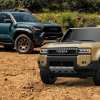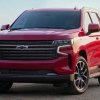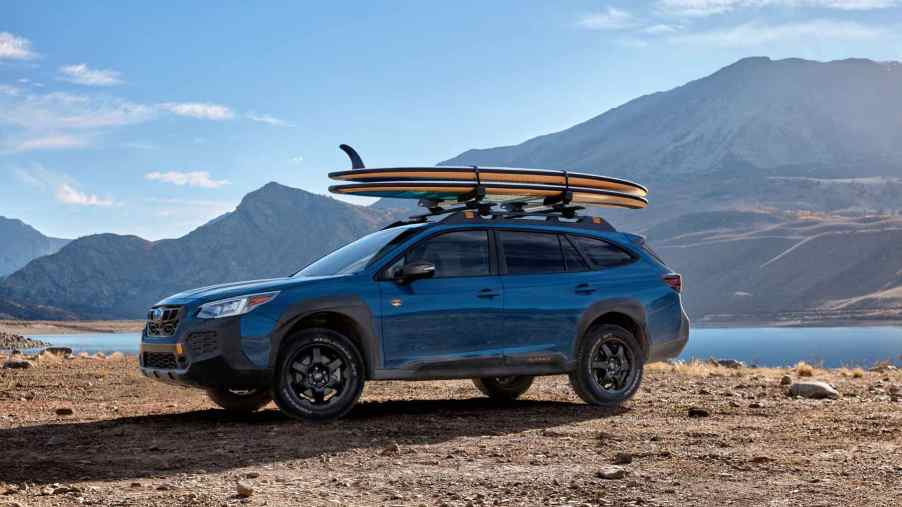
Is the Subaru Outback a Wagon or an SUV?
The automotive industry thrives on classification, dividing, and subdividing body styles as finely as possible to corner various sections of the buyer market. Yet some vehicles continue to defy classification. The 2023 Subaru Outback is one such vehicle. The debate over whether the Outback is a wagon or SUV has persisted for years. The answer? It might be both.
Outback body style changed over the years
While the Outback may have started as a classic 90s wagon, its winding path has taken it into SUV territory today.
The Subaru Outback didn’t change body styles so much as it gradually evolved to meet drivers’ needs. According to MotorTrend, the Outback name started in the 90s as a trim option for Subaru’s existing Legacy and Impreza wagons. After establishing its popularity, Subaru spun off the Outback nameplate into a standalone wagon model.
It remained a traditional wagon for several years. Then, in 2010, something changed. The Outback appeared to grow in size and ride a little higher off the ground than previous generations. The fourth-generation Outback sewed the seeds of the SUV vs. wagon debate. Subaru now offers the 2023 Outback with its off-road package to compete with SUVs.
Although it shares many similarities with wagons, Subaru now classifies the Outback as a midsize SUV. That’s likely to help frame it as a competitor to the likes of the Jeep Grand Cherokee, Ford Edge, and Honda Passport. After all, SUVs have dominated sales over the last decade, and Subaru likely wants to capitalize on the trend.
What’s the difference between a wagon and an SUV?
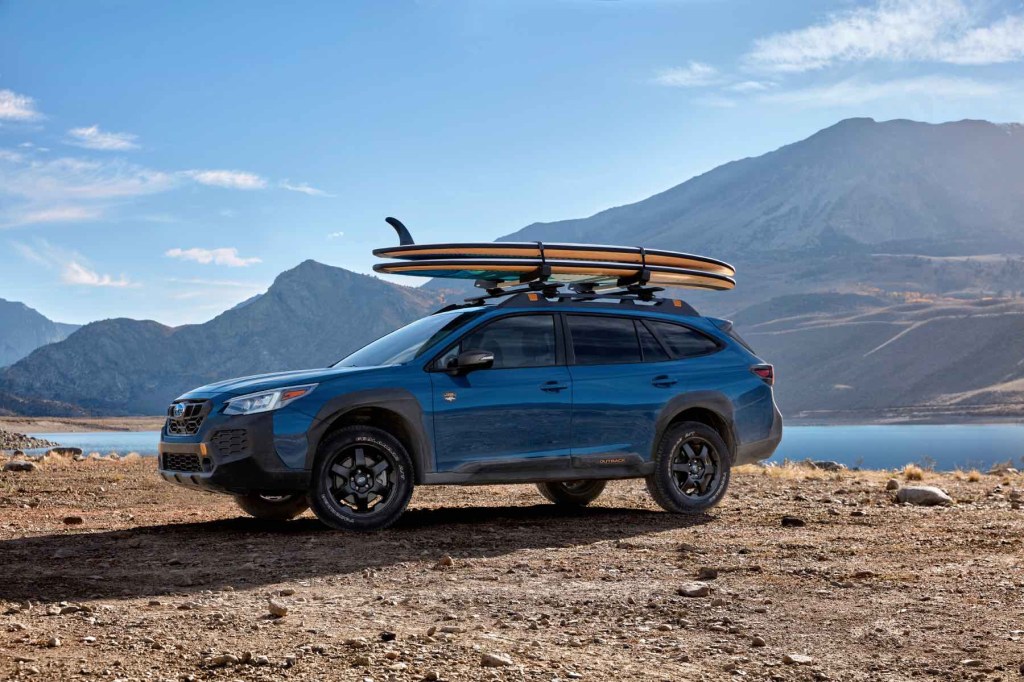
Wagons and SUVs remained quite distinct body styles from one another for decades. Wagons were long-wheelbase cars with extended cargo compartments and extra passenger space. SUVs were essentially trucks with covered beds and back seats. But then crossovers came along and threw a wrench into these definitions.
Crossovers look like SUVs but ride on car-based platforms. They sit in an ambiguous space between the two body styles – and they’ve largely displaced wagons in today’s market. It’s easy to label a high-riding wagon as a crossover or vice versa, depending on a manufacturer’s lineup needs.
Outback balances wagon-like looks with SUV utility
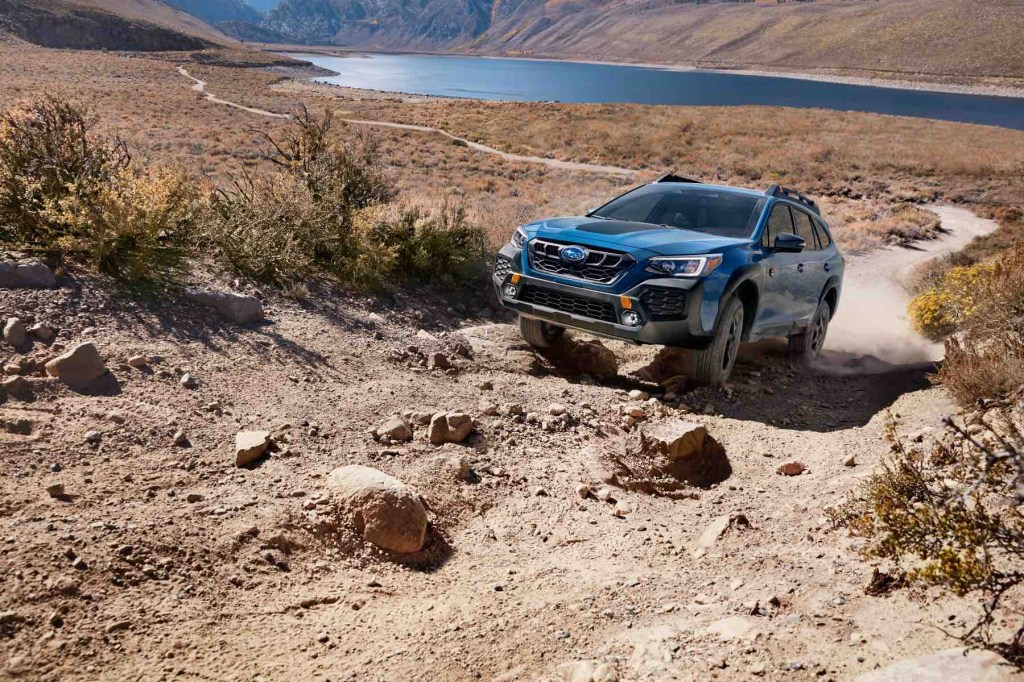
Despite its corporate label as a midsize SUV, the 2023 Subaru Outback continues to defy body style classification.
Peer at the Outback’s side profile, and you can still see the general shape of a traditional station wagon. Look at it head-on, however, and it starts to appear like a modern crossover.
Ultimately, the Outback’s amorphous identity is likely part of its appeal. It can be all things to all people, whether they want a 90s throwback wagon or a contemporary family SUV. At its heart, it’s still the same capable, practical vehicle that drivers came to love nearly 30 years ago. In that sense, whether the Outback is a wagon or an SUV depends on the eye – and the heart – of the beholder. And isn’t that what Subaru says it’s all about?
